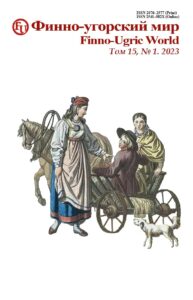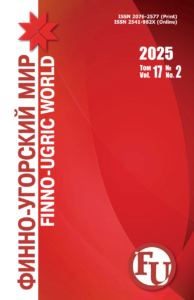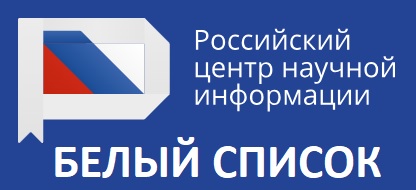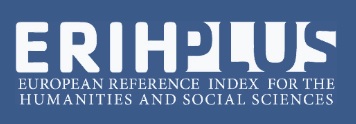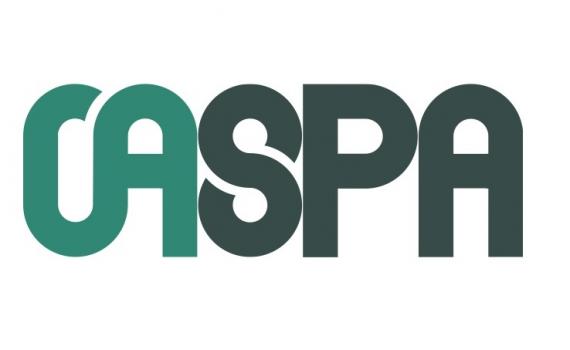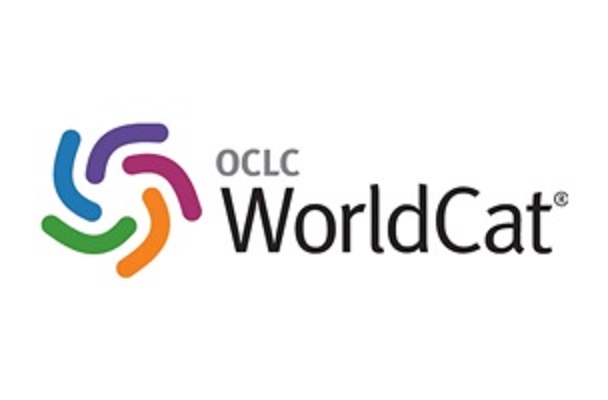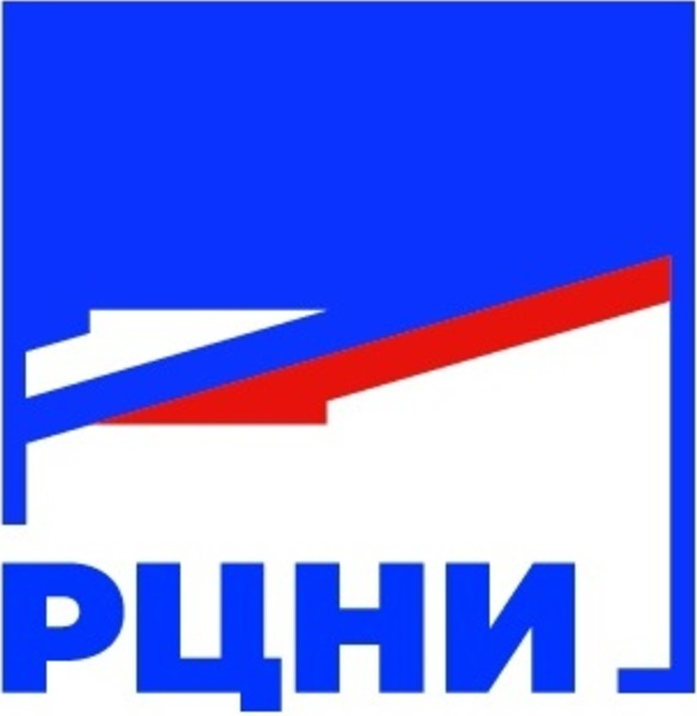Elvira A. Dzhioshvili
Alexander F. Krivonozhenko
Yulia V. Litvin
Svetlana E. Yalovitsyna
Institute of Linguistics, Literature and History,
Karelian Research Centre of the Russian Academy of Sciences,
Petrozavodsk, Russia
Introduction. The article presents the first results of a historical and sociological study on the impact that the inclusion of several regions of Karelia in the Arctic zone of the Russian Federation has on the identity of its inhabitants, using the example of Loukhsky district, the northernmost region in the Republic.
Material and Methods. The authors proceed from the interrelatedness of the territory, traditions and identities, which never lose their significance but evolve over time. The methodology included the comparative historical method, content analysis, qualitative study and field survey methods. An integrated analysis of the sources is applied, which mostly includes published and unpublished historical, journalistic, and sociological data. The field material is in-depth interviews with the residents of Louhsky district collected in July 2022.
Results and Discussion. A brief overview of the history development of Louhsky district is provided; the results of analyzing materials from mass media and online sources are described. The methods of formalized text analysis, coding, categorization of interview transcripts, cross-interpretation of data by researchers helped distinguish the most typical variants of identities and features characteristic of the district. The differences were detected in the dominant types of identities between the western and the eastern parts of the district, especially in what concerns official representation.
Conclusion. The paper concludes that the ethnic identity is preserved and manifested in the current public discourse within a so-called “festival project of ethnicity”. The interviews show that ethnic identity is giving way to civic or regional identities. Arctic identity is not firmly rooted in the perception of the respondents. The northern identity, i.e., being “northerners”, is more congeneric and easier to comprehend for people in the Karelian Arctic.
Keywords: Arctic, Karelia, identity, historical and sociological research, in-depth interviews, tradition, innovation
Acknowledgments: The study was supported by the grant of the Russian Science Foundation No. 22-28-20318 (https://rscf.ru/project/22-28-20318/), conducted jointly with the Government of the Republic of Karelia with funding from the Venture Investment Fund of the Republic of Karelia (VIF RK).
For citation: Dzhioshvili EA, Krivonozhenko AF, Litvin YuV, Yalovitsyna SE. Transformations of the identities of the inhabitants in Karelian Arctic Region (based on the research of the Loukhsky district). Finno-ugorskii mir = Finno-Ugric World. 2023;15;1:28–43. (In Russ.). DOI: 10.15507/2076-2577.015.2023.01.28-43.
Information about the author
E. A. Dzhioshvili – Junior Research Fellow, Ethnology Section, Institute of Language, Literature and History, Karelian Research Centre of the Russian Academy of Sciences, elvira-260893@yandex.ru, https://orcid.org/0000-0002-8933-1740
A. F. Krivonozhenko – Candidate Sc. {History}, Research Fellow, History Section, Institute of Language, Literature and History, Karelian Research Centre of the Russian Academy of Sciences, krivfed@yandex.ru, https://orcid.org/0000-0001-7152-8070
Yu. V. Litvin – Candidate Sc. {History}, Research Fellow, Ethnology Section, Institute of Language, Literature and History, Karelian Research Centre of the Russian Academy of Sciences, litvinjulia@yandex.ru, https://orcid.org/0000-0002-2369-4987
S. E. Yalovitsyna – Candidate Sc. {History}, Deputy Director for Research, Karelian Research Centre of the Russian Academy of Sciences, jalov@yandex.ru, https://orcid.org/0000-0001-5024-6357

